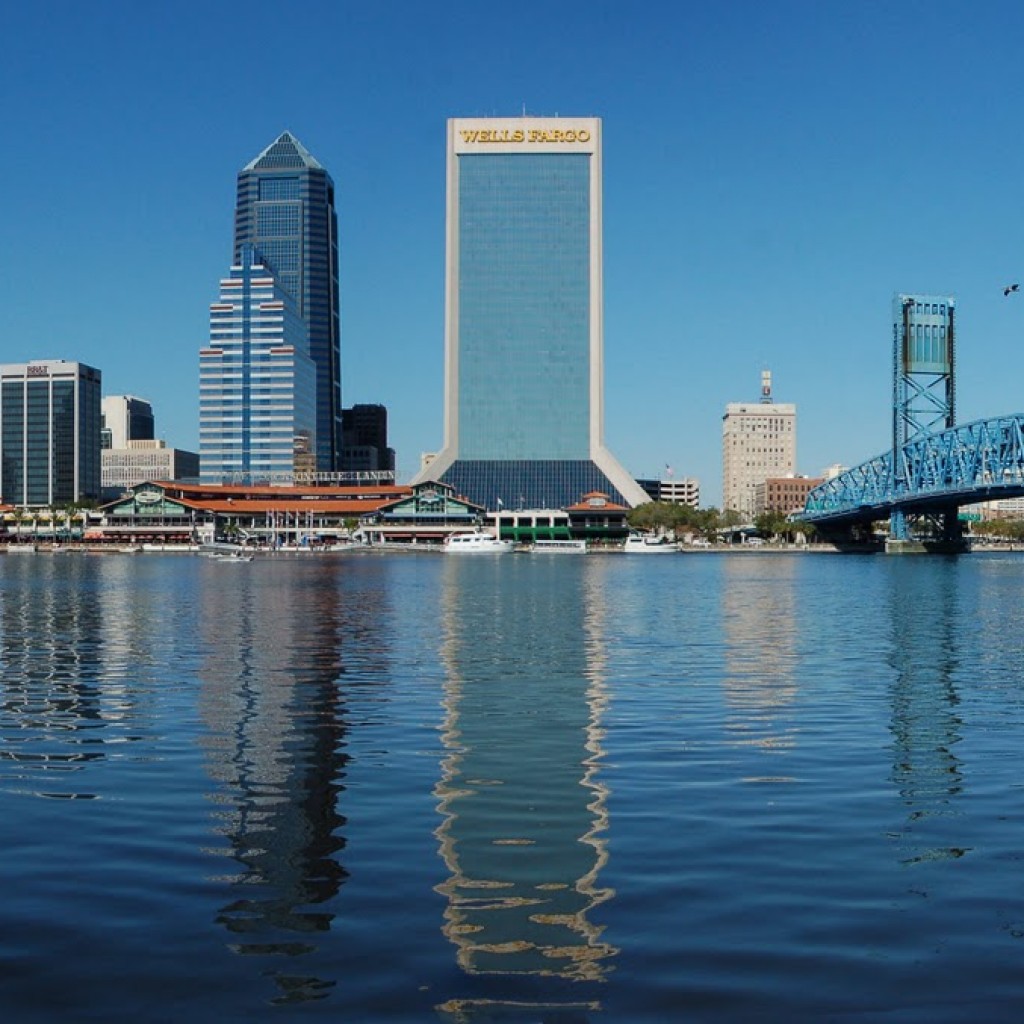
Since Consolidation, and likely before, the Beaver Street corridor has been less a showplace and more a no-go place. It’s an area associated, in recent history, with blighted buildings and the occasional seedy showbar. For politicians such as Councilman Reggie Brown, creative solutions are sometimes necessary. Other times, less creative but equally necessary solutions are also needed: such as expanding junkyards.
Rezoning a section of Beaver Street between Lane Avenue and I-295 to Heavy Industrial was the subject of a Tuesday morning public notice meeting between Councilman Brown and Council VP Lori Boyer, related to a bill (2015-684) on the subject of rezoning a parcel of land to Heavy Industrial.
The rezoning is meant to rectify the zoning for an auto salvage yard, AA Auto Parts, that has been in place since 1968, expanding the yard to include an auto baler.
Some of the property contains wetlands, creating environmental concerns. And as expected with a salvage yard of that vintage, there’s code noncompliance the Planning Department says must be rectified.
Brown was concerned the bill was in “jeopardy of not moving forward,” and wanted to know the issues with the junkyard and its future.
Folks Huxford of Planning said that as the facility expanded various zoning issues emerged, including environmental concerns related to proximity to the Cedar River. The junkyard then took the problematic land out of development plans.
Huxford noted concern about “alleged activities” where the facility put “unwanted vehicles in wetlands areas.”
That was news to Brown, who “hadn’t heard that” and “hadn’t seen the report.”
An advocate for the junkyard had said vehicles were being taken out of the wetlands … which a representative of the General Counsel’s office noted meant they were in the wetlands to begin with.
Another issue was that three structures constructed, outside of the permitting process since 2004, Boyer said.
She was concerned the junkyard may be “set up for failure” with just 90 days to traverse permitting and bringing buildings into compliance.
That includes a 40-by-40 office warehouse structure with a suspended permit.
Another concern was that the low-lying site, located in a flood zone, would have trouble complying given that its new purpose would include an auto baler.
Brown, who walked the area, noted that indeed it is low.
“You have to put boots on because it’s wet,” he said.
With an anticipated intensified use, a retention pond may be necessary also.
In reference to the auto baler, Boyer said, “If I were the owner of this property, or the Northwest Economic Development Trust Fund loaning money for this equipment, I’d want to make sure it doesn’t flood.”
Three buildings, in total, on site are in violation.
Zoning discussions are rarely hot-button issues. Yet, as this indicates, they often reside at the intersection of complex social and political currents and trends, leaving the policy makers of the present to resolve the issues of the past.
Brown, along with city officials, have a site visit planned to examine the issues. And, perhaps, to forge solutions to potential problems like water retention.



